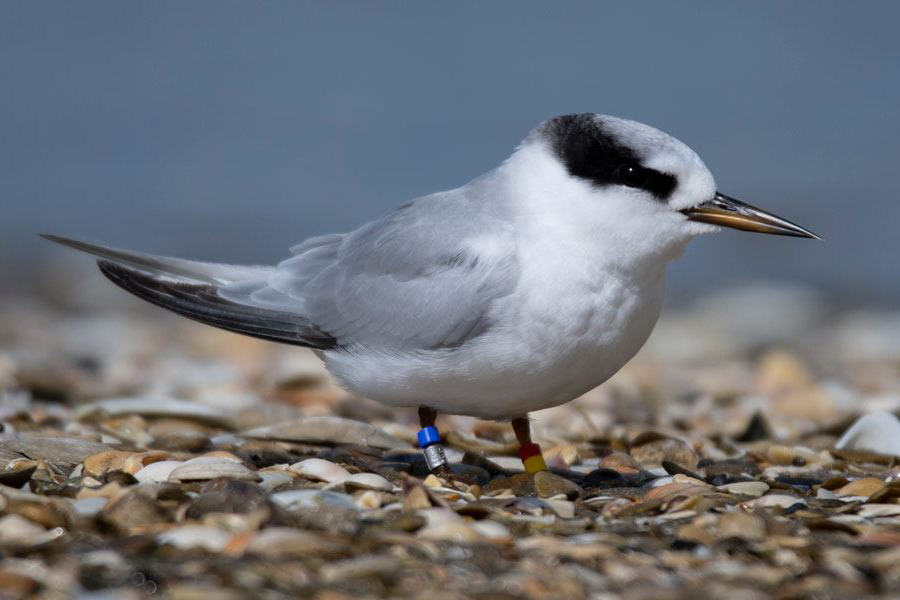“More stick than carrot,” says Hawke’s Bay Federated Farmers President Jim Galloway, commenting on the impact to farmers of the Government’s proposed biodiversity credits and other initiatives to increase biodiversity, announced this week.
The National Policy Statement for Indigenous Biodiversity (NPS-IB), which comes into force on 4 August 2023, sets national direction for how councils, landowners, Māori and others identify and protect areas where there is a significant variety of native plants and animals in decline.
The NPS-IB establishes one nationwide set of criteria for councils to identify significant natural areas to maintain consistency, and requires councils to have a regional biodiversity strategy and identify significant natural areas in the next five years.
As part of the NPS-IB, the Government has also released its plans for a biodiversity credit system to encourage landowners to protect native habits on their property.
This credit system would help to conserve habitats and species by enabling landowners, who protect and restore native wildlife, to earn credits for their actions.
“Biodiversity credits are a good idea,” says Jim Galloway. However, he points out that lots of work is already going on, on farms to resurrect wetland and plant native trees, “but it is expensive for farmers, particularly planting natives, and deer are a huge issue.
“Deer are exceedingly hard to keep out and will wreck native plantings and the understory unless there is a deer proof fence at least 2 metres high and netting, so potentially big costs for farmers.”
Galloway is also concerned about significant natural areas and how they will be defined by Councils and if there will be any impact on land owners. “It’s uncertain at this stage, so that’s why I say more stick than carrot.”
The Environmental Defence Society calls the NPS “a great step forward for protecting nature” and, ironically, notes that National Fed Farmers supported it: “The NPS IB is the product of a long collaboration between many interest groups which started under a previous National-led government. It was supported by iwi, Federated Farmers and environmental groups, including EDS, as a way of reducing endless litigation over how to protect indigenous biodiversity on private land.”
The Hawke’s Bay Regional Council welcomes the National Policy Statement for Indigenous Biodiversity (NPS-IB) as an important way to support the region’s recovery and build resilience in rural areas.
Regional Council Integrated Catchment Group Manager Iain Maxwell says it’s great to see the policy statement after six years in the making.
“As Hawke’s Bay recovers from the cyclone, supporting biodiversity is critical for the region’s resilience, and for landowners to build resilient farm businesses. Nature based solutions to rebuilding our infrastructure will also help make a biodiverse region.”
“This policy statement nicely aligns with our work programmes where we are supporting our rural community to plant trees to protect erosion prone areas, revert areas of native bush, and prevent productive soil loss,” says Mr Maxwell.
New tools
The government also announced a series of new tools being funded and worked on for protecting biodiversity. These include:
Regional Biodiversity Coordinators: Pilots will run for 12 months and will show what works well and where more support might be needed.
Drone seed planting: Aerial native seed pods delivered by drone are being tested to find out more about costs and other challenges to restoring biodiversity over large areas in difficult, isolated terrain. The test project has involvement from the government as well as the University of Otago and Auckland company Envico Technologies.
Targeted heli spraying: Aerial tree and shrub weed control will be targeted using a helicopter-mounted, automatic spray boom. It aims to reduce costs, herbicide use and carbon emissions. This test project has involvement from the government, Scion research, and the University of Canterbury.
Digital biodiversity platform: Online information, tools, resources, and a directory of biodiversity expertise across New Zealand are being developed and tested to support for conservation efforts. Could be used to support implementation of the National Policy Statement.
What’s the reason for all this?
Says EDS: “The context here is that over 4,000 species are threatened with extinction or are at risk of becoming threatened. Many of those species are endemic to Aotearoa, so if we lose them here, we lose them forever. We simply must reverse what is still a declining trend.
“A huge amount of this country’s biodiversity is found on private property and Māori land. Having national direction should simplify and clarify how Councils are to protect areas of significant indigenous vegetation and significant habitats of indigenous fauna on that land.
Public Interest Journalism funded through NZ On Air


Good news. It would be even better if Labour had followed through on their promise of stopping new mining on conservation land, which would go a long way towards protecting already existing biodiversity.